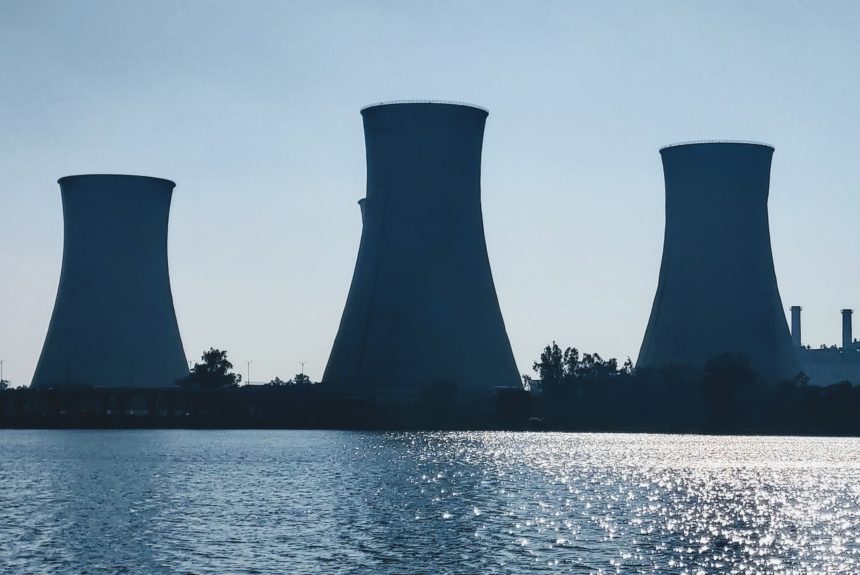Nuclear power is a low-waste power source. In fact, according to the U.S. Department of Energy, the United States produces only 2,000 pounds of nuclear waste annually at the nearly 100 commercial nuclear reactors operating within the country. Yet, the storage of this toxic spent fuel remains a perennial problem. But what if there were a clever new way to store this harmful material? It turns out the Electric Power Research Institute (EPRI) is working on this exact issue.
What is the Electric Power Research Institute?
Palo Alto, California-based EPRI researches clean energy, works toward technology innovation, conducts worker health and safety research, and can advise on power purchase decisions. The institute has a broad research portfolio and has stated:
“EPRI’s 2022 research portfolio offers collaborative projects, customized research opportunities, thought leadership, and innovation to help energy companies simultaneously decarbonize the energy sector while maintaining the resilient, reliable, and affordable power system society has long depended on. From the research that improves energy efficiency and seamlessly integrates more renewable energy resources to projects that accelerate the shift toward electrified transportation, EPRI’s portfolio provides the expertise that utilities and their stakeholders need to bring their clean energy vision to life.”
What are they doing regarding storage for spent nuclear fuel?
This summer, EPRI began a program called the Used Fuel and High-Level Waste Management Program. This program develops an integrated management system for spent nuclear fuel, which would change the handling of spent fuel. EPRI received $920,000 in funding from the U.S. Department of Energy’s Office of Technology Transitions 2021 Technology Commercialization Fund to use toward this type of research.
This change is important. There are currently more than 70 sites across 34 states where spent nuclear fuel is stored. Currently, this spent fuel is enclosed in varying steel and concrete containers and will stay at these facilities in perpetuity until someone discovers a better solution. While current methods may work, especially considering the low amount of spent fuel actually produced every year, innovation will certainly create better storage tactics and prevent long-term storage location shortages.
>>>> A Better Way to Handle Nuclear Waste
EPRI believes that, with the right technological innovation, better storage options are possible. To that end, the program is divided into distinct categories of research: aging management activities for dry fuel storage system components; used fuel cladding performance during extended storage and transportation; criticality control during used fuel storage and transport; and cross-cutting research initiatives.
What is this program focused on for the coming year?
As this program ramps up, they have some exciting work planned out for the coming year. A large portion of this work is setting new benchmarks for the industry, along with publishing reports. But some additional work includes collecting thermal data to better understand and work with high-burnup.
Burnup is a way to understand how much uranium (the most widely used nuclear fuel used for nuclear fission) is used in the reactor. The longer the fuel remains in the reactor, the higher the burnup. Higher burnup fuel is harder to transport and store. Therefore, if EPRI can gain more information about this type of fuel, they will likely be able to start piecing together ideas that improve transportation and storage overall.
Innovation is the only way things improve. Research that leads to new technology will undoubtedly bring about a new way of storing spent nuclear fuel in the coming years.
Kelvey Vander Hart is a native Iowan, a member of the American Conservation Coalition, and a communications specialist at Reason Foundation.
The views and opinions expressed are those of the author’s and do not necessarily reflect the official policy or position of C3.
